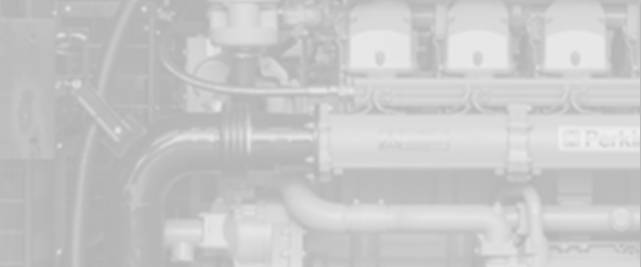Nov . 08, 2024 07:33 Back to list
Understanding the Sounds of Brake Drums in Automotive Applications
The Intriguing World of Brake Drum Sounds
When we think of vehicles, our minds often gravitate towards sleek designs, powerful engines, and the hum of tires on asphalt. However, one often-overlooked aspect of automotive engineering is the subtle, yet crucial, role of brake drums. Not only do these components play a vital role in safety and functionality, but they also produce a symphony of sounds that can be both informative and intriguing. Understanding the nuances of brake drum sound can shed light on their performance and condition, providing valuable insights for vehicle enthusiasts and everyday drivers alike.
The Basics of Brake Drums
Brake drums are integral parts of drum brake systems, commonly used in older vehicles and many light trucks. Made from durable materials, these components house brake shoes that press against the drum to create friction, slowing down the vehicle. This process generates heat and can also lead to a cacophony of sounds. Familiarizing ourselves with the different noises associated with brake drums can help us diagnose issues before they become serious problems.
Types of Sounds
1. Squeaking and Squealing One of the most common sounds associated with brake drums is a high-pitched squeak or squeal. This noise typically indicates that the brake pads or shoes are worn down and may need replacement. Many brake shoes are equipped with built-in wear indicators that produce a squeaking sound when the material is too thin. If you hear this sound, it’s critical to check your brakes immediately to prevent further damage and ensure safety.
2. Grinding A grinding noise often signifies a more severe problem. This can occur when the brake shoes have worn down entirely, causing the metal components to scrape against the brake drum. This sound is not only alarming but can also lead to significant repair costs if not addressed quickly. If you experience grinding noises, it’s essential to have your brakes inspected by a professional mechanic.
brake drum sound

3. Thumping or Clunking A thumping or clunking sound can indicate that the brake drum is warped or damaged. This may occur due to excessive heat or wear over time. Additionally, loose components within the braking system can create similar noises. Such sounds should not be ignored, as they may compromise braking efficiency and safety.
4. Vibrations If you experience vibrations coupled with any of the above sounds, it may suggest an imbalance or uneven wear in the brake drum. This might stem from improper installation, deterioration of brake components, or issues with wheel alignment. Addressing vibrations is crucial, as they can lead to further complications if left unchecked.
The Importance of Maintenance
Understanding the sounds produced by brake drums is critical for vehicle maintenance. Regular inspections and timely replacements of brake components not only enhance safety but also contribute to the vehicle’s longevity. Keeping an ear out for unusual noises can alert you to potential issues, allowing for proactive maintenance that saves both time and money in the long run.
In addition to listening for sounds, visual checks should be a part of your routine vehicle maintenance. Inspecting brake drums for cracks, rust, or other signs of wear can help identify potential problems before they escalate.
Conclusion
The world of brake drum sounds is rich with information and insight. For many drivers, the sounds produced by their vehicle can serve as an auditory warning system, alerting them to potential issues that need addressing. By being attuned to the symphony of noises from their brake drums, drivers can ensure a safer driving experience and maintain their vehicles in optimal condition. So next time you hear a squeal or a thump, remember your brake drums are speaking to you, and it’s worth it to listen.
-
Scania Brake Drums: OEM Quality for Optimal Safety & Durability
NewsAug.16,2025
-
R.V.I: Advanced Remote Visual Inspection for Precision
NewsAug.15,2025
-
Discover HYUNDA: Innovative Vehicles, Equipment & Solutions
NewsAug.14,2025
-
R.V.I: Unlock Advanced Insights & Real-time Performance
NewsAug.13,2025
-
Kamaz Brake Drum: Durable & Reliable for Heavy Duty Trucks
NewsAug.12,2025
-
Heavy Duty Iveco Brake Drum - Premium Quality & Safety
NewsAug.11,2025
